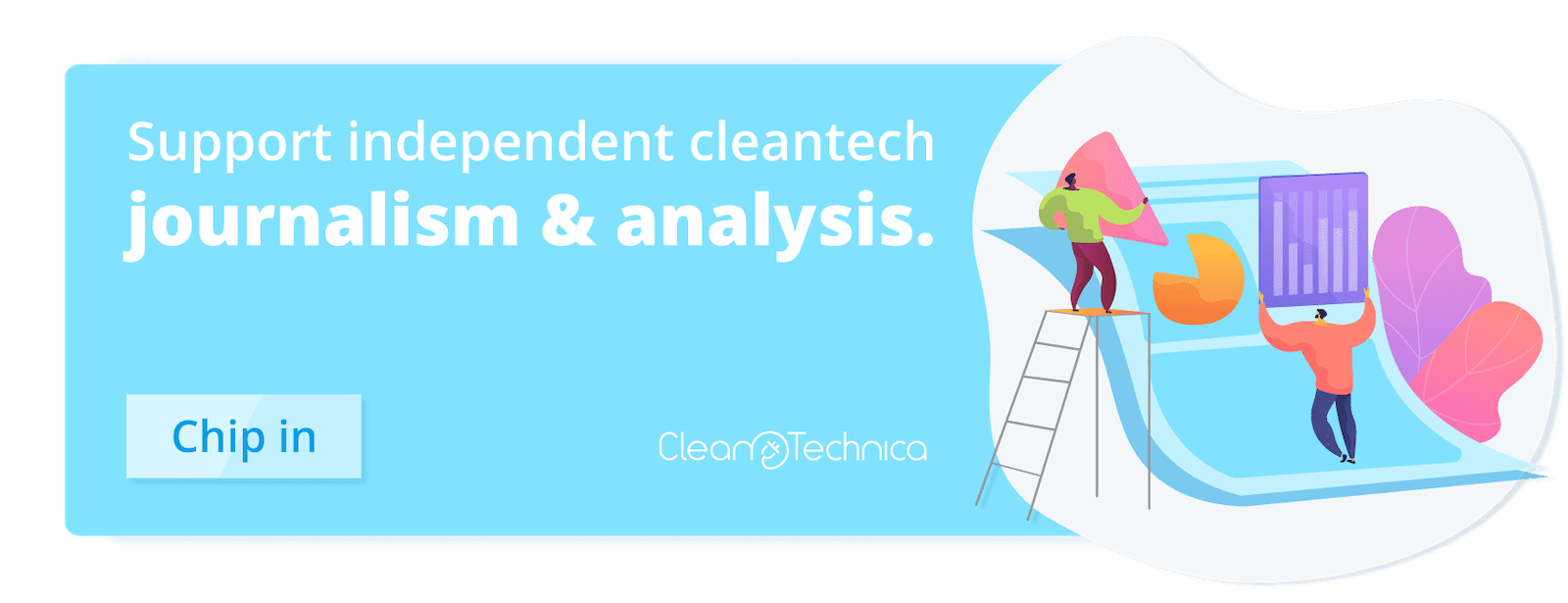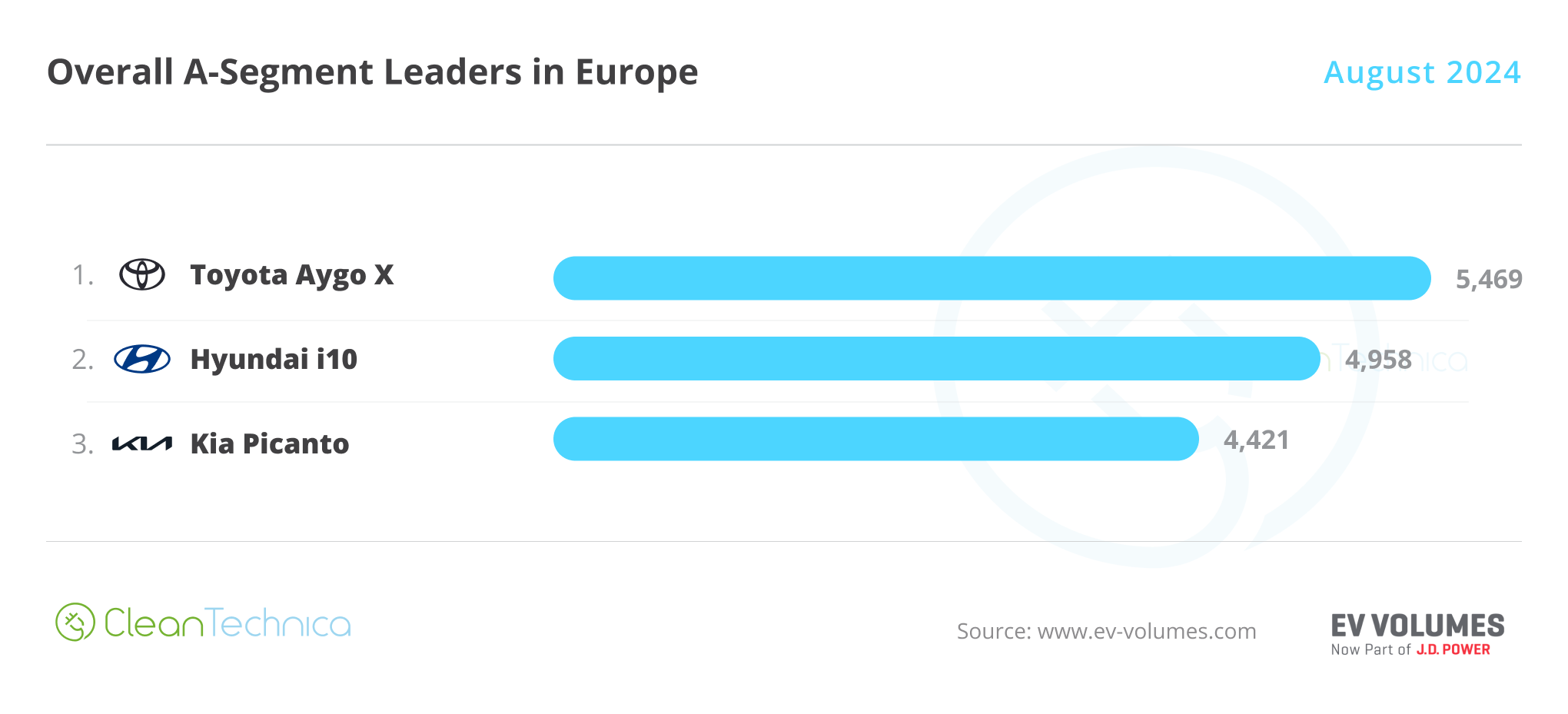
Across the U.S. South, nearly five million households face a high or severe energy burden. Low-income residents are hit hardest, with many paying as much as 20 percent of their household income on energy. Against that backdrop, powerful monopolizing utilities in the region created an energy trading market in 2021 that favored their expensive, carbon-intensive resources over the clean energy produced by independent generators. A federal court ruled last month that the scheme may have been approved in violation of rules that were meant to prevent utilities from wielding monopoly power.
In July, the U.S. Court of Appeals for the District of Columbia Circuit agreed with NRDC and other public interest groups who argued that the Southeast Energy Exchange Market (SEEM)—a trading platform for companies that includes behemoths like Southern Company, Dominion Energy, and Duke Energy—would make it harder for independent renewable power providers to operate in the region, which is controlled by the incumbent utilities. The dispute is now headed back to the Federal Energy Regulatory Commission (FERC), which approved SEEM in 2021.
SEEM was approved over objections from NRDC and other public interest groups who argued that it would slow the development of wind, solar, and energy storage assets, which are lowering prices, enhancing reliability, and slashing greenhouse gasses in other parts of the country. The decision marks a victory for consumers in the South, a region in need of significant energy reform to decrease energy burdens and advance the transition to a clean energy economy. Research from the Southeast Energy Efficiency Alliance highlights some of the energy burden challenges faced by consumers in the South:
- Although low-income households use less energy overall, they have higher energy use intensities (EUI) and pay a disproportionate share of their income on energy compared with other households. On average, low-income energy burdens are three times higher than those for higher-income families.
- Low-income households in the South can often end up paying as much as 20 percent of household income in energy costs.
- Five southern cities rank highest for high energy burdens among low-income residents: Memphis, New Orleans, Birmingham, Atlanta, Dallas.
SEEM established a new, voluntary trading platform for eligible buyers and sellers to transact bi-lateral trades using an algorithm that matches bids to buy energy with offers to sell it using otherwise unused transmission capacity. Critics argued that the scheme would benefit incumbent utilities over independent power producers (IPPs) by providing the former with free transmission and lucrative trades and potentially barring the latter from participating.
The debate centers around FERC Order 888, a rule enacted in 1996 that requires transmission-owning utilities to give all generating resources non-discriminatory and open access to transmission service on terms “consistent with or superior to” the terms utilities provide themselves. Order 888 upended the prevailing regulated monopoly model under which utilities owned and operated transmission lines with no obligation to allow others to use them. The status quo “posed a significant barrier to the development of an independent power industry,” according to FERC’s Energy Primer — A Handbook for Energy Market Basics.
The D.C. Circuit agreed with NRDC that FERC’s approval of SEEM’s transmission service was “inconsistent” with Order 888’s requirements that utilities provide all resources with non-discriminatory and open access to transmission service on equal or better terms than the utilities provide themselves. Sixty-five bilateral trading partners were excluded from SEEM, according to the ruling, and FERC failed to explain why those participants outside the region should be left out of the new market.
“The creation of a new service that — by its design — excludes existing market participants evokes the discriminatory practices against third-party competitors by monopoly utilities that prompted the commission’s adoption of Order No. 888,” the court said. “Order No. 888 requires a more cogent explanation when the design of a new service denies access to preexisting market participants.”
From the start of this case, the participating utilities have rejected the simple fixes NRDC and others sought that would have brought SEEM into compliance with Order 888, and instead mischaracterized our position as asking for a Regional Transmission Organization (RTO)—a structure that operates the transmission system independently and promotes equitable access to transmission.
For example, SEEM allows its members to make automated bilateral trades every 15 minutes using available transmission capacity. Instead of 15-minute intervals, the court asked whether SEEM could provide intra-hour trades at a longer interval that would be cost-effective while allowing trading partners outside of the region to request service.
Meanwhile, there’s little evidence that SEEM is delivering cost savings or making it possible for new power resources to participate in the market. Volumes of cleared energy trades on the platform are miniscule compared with incumbent utility sales. And only the incumbent utilities have traded in the market.
We remain optimistic that a competitive market can emerge in the Southeast that will include greater renewable resources from independent power producers, even if it doesn’t take the form of an RTO.
SEEM’s system of two-tiered membership under the control of incumbent utilities embodies the kind of discrimination FERC has routinely rejected. Considering how the SEEM market has actually operated, its imperative that FERC revisit that issue and deliver a truly competitive power market for the Southeast.
Republished from NRDC Expert Blog. By Caroline Reiser, Senior Staff Attorney, Climate & Clean Energy Program
I don’t like paywalls. You don’t like paywalls. Who likes paywalls? Here at CleanTechnica, we implemented a limited paywall for a while, but it always felt wrong — and it was always tough to decide what we should put behind there. In theory, your most exclusive and best content goes behind a paywall. But then fewer people read it! We just don’t like paywalls, and so we’ve decided to ditch ours. Unfortunately, the media business is still a tough, cut-throat business with tiny margins. It’s a never-ending Olympic challenge to stay above water or even perhaps — gasp — grow. So …




